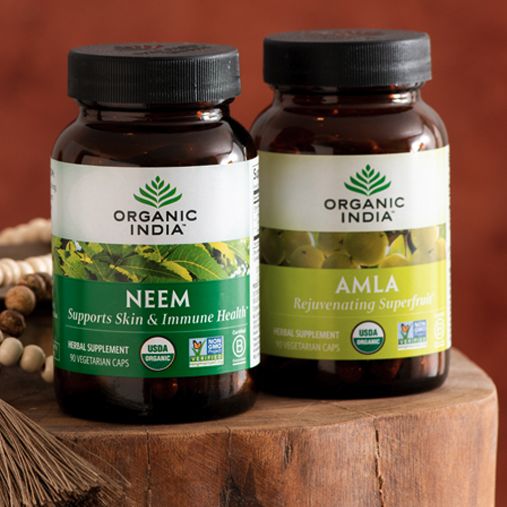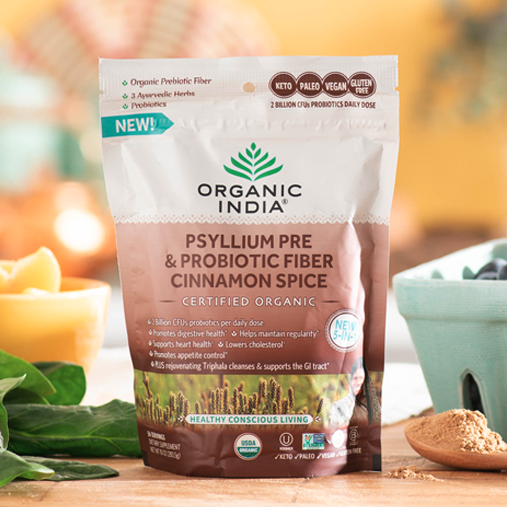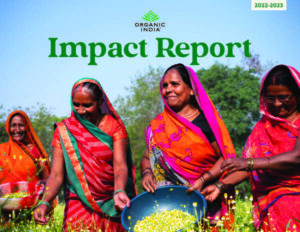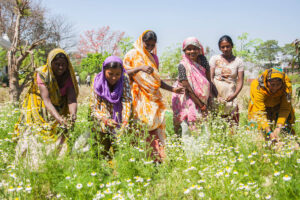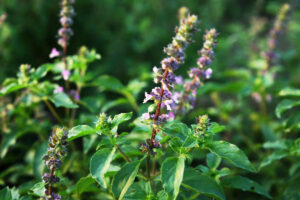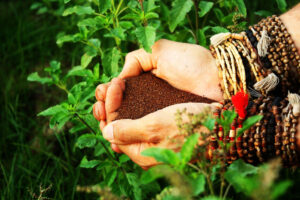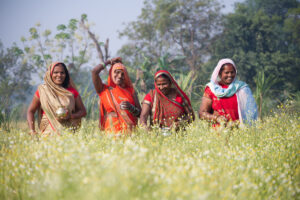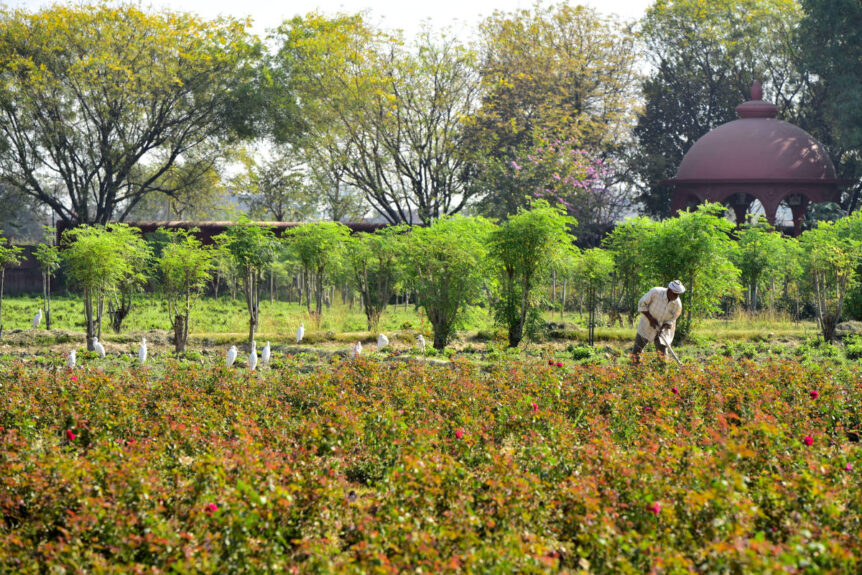Back
Water is an essential life-giving resource, and in the agricultural world, a season without adequate water for plants and crops can be devastating.
Nature is fickle, and sometimes the rainfall isn’t enough to support the plants and crops that farmers and growers have carefully planted. Whether an individual farmer with a small patch of land or a large-scale grower with many acres to plant, implementing water conservation practices helps preserve and protect this fundamental resource.
Today farmers, gardeners, and growers around the globe practice ancient and modern ways to conserve water in agriculture. From planting cover crops to recycling water, taking one or more proactive steps to conserve water will ensure a more sustainable agricultural operation.
Top 10 Practices for Water Conservation in Agriculture
Keep reading to learn about ten ways to achieve water conservation in agriculture and in your backyard garden.
1. Planting Cover Crops
Farmers plant cover crops during the time between the seasonal plantings of the main crop. An effective cover crop helps control erosion, improve soil health, and increase the moisture and nutrient content of the soil. Typical cover crops include fava beans, oats, wheat, barley, and winter peas. Cover crops are generally planted in late summer or early fall and are integral to organic farming.
Our ORGANIC INDIA partner farmers practice eco-friendly farming techniques like planting cover crops, spreading organic mulches, and maintaining perennial plants and trees to help with water conservation in agriculture. These techniques help the soil absorb and retain water, reduce runoff, and recharge groundwater.
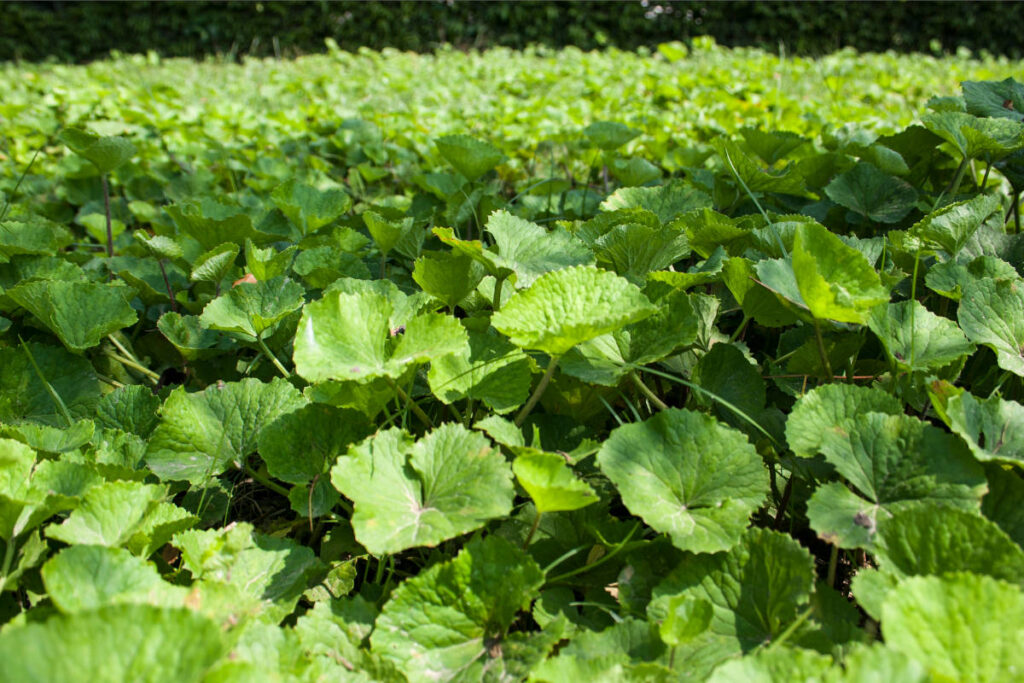
2. Dryland Farming
Farming in arid or semi-arid regions like parts of India can be challenging. Dryland farming, also known as dry farming, has been used for centuries in arid climates to cultivate and grow crops without supplemental irrigation.
The dryland farming method is a climate-resilient strategy ORGANIC INDIA farmers use to cultivate nearly 70% of our crops, including Tulsi. Considering the area’s natural resources, we grow these crops during the rainy season, relying on nature’s rainfall instead of irrigation.
This technique goes hand in hand with our other water conservation strategies, like growing cover crops and incorporating mulch into the soil to prevent moisture from being lost to evaporation.
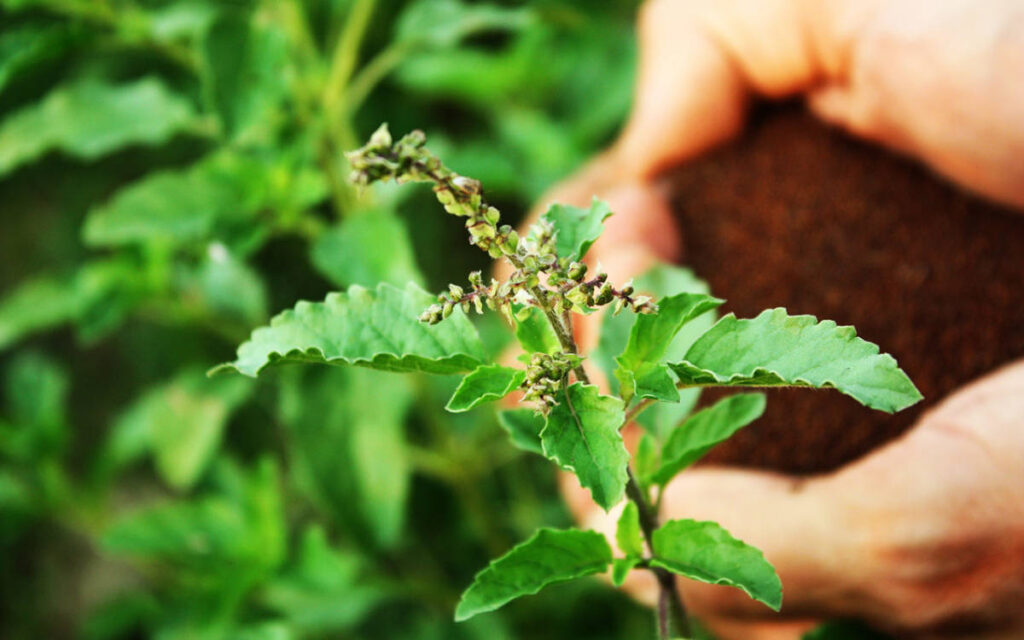
3. Drip Irrigation
The concept of drip irrigation is a modern irrigation technique first introduced by a Polish-Israeli engineer and inventor named Simcha Blass in the late 1950s. Blass and his son, Yeshayahu, developed and patented a drip irrigation system that used friction and pressure to cause water to drip from a plastic pipe at regular intervals.
Drip irrigation enables water to drip slowly onto plant roots conserving between 20% to 50% of the water that would be used when watering plants from above. It also reduces surface evaporation, runoff, and the possibility of overwatering.
4. Collect & Store Water
Instead of relying solely on rainfall and deep wells to provide water for crops, many farmers implement a system of capturing and storing water to supplement their regular irrigation needs. The use of captured water minimizes impact on the environment and is a beneficial water conservation in agriculture method.
As part of ORGANIC INDIA’s mission to be true stewards of the land and its responsibility to use eco-conscious farming and production methods, we’ve created a system for harvesting rainwater that is then treated and fed into recharge pits. This captured water replenishes groundwater and recharges aquifers.
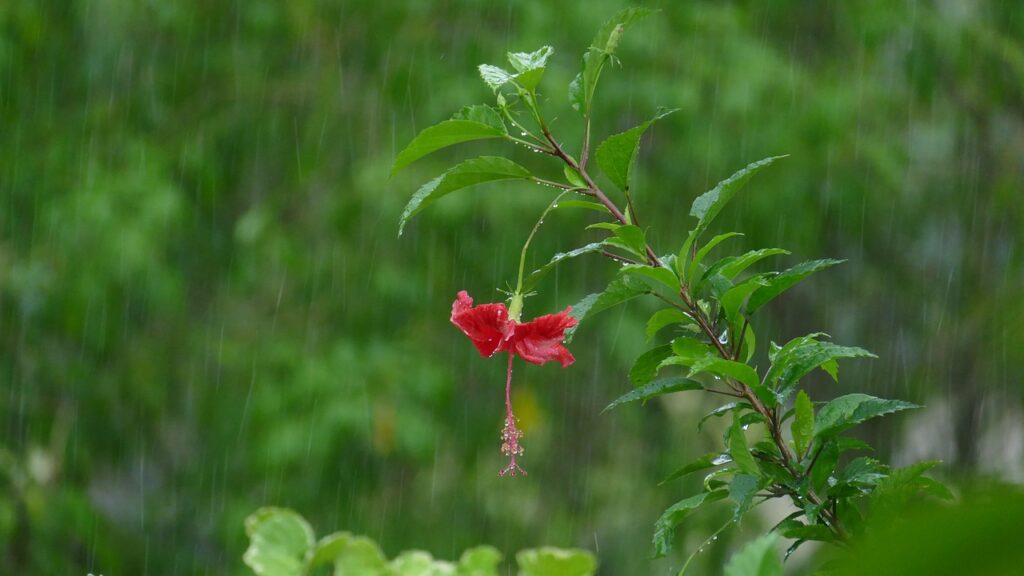
5. Cleaning & Recycling Water
In drought-prone areas, cleaning and recycling water is a critical component of water conservation for sustainable farming. Collecting, treating, and reusing wastewater helps to conserve freshwater resources and reduce agriculture’s water footprint.
ORGANIC INDIA embarked on a water conservation initiative by building a new closed-loop water recycling system in the drought-prone area of Uttar Pradesh, India. We installed a sewage treatment plant to treat wastewater collected from the facility and used for irrigation.
We then constructed a reverse osmosis (RO) water filtration plant to increase the use of recycled water. This project has reduced overall potable water consumption by 54.75% and reduced potable water consumption for irrigation by 100%.
6. Two-Layer Farming
Two-layer or multilayer farming is a unique approach to farming that involves cultivating two crops simultaneously on the same plot of land and within the same growing season. By planting crops together, often one crop below another, farmers maximize water and land use. The upper plants help shield and protect the lower plants from pests and weather damage, while the lower plants help hold moisture in the soil.
Two-layer farming is a highly efficient way of farming that supports water conservation in agriculture, as it requires less irrigation and promotes soil health while increasing production. At ORGANIC INDIA, our growers have established successful two-layer farm plots with Moringa and Brahmi Centella, harvesting crops every 65 to 70 days, with farmer partners effectively doubling their income.
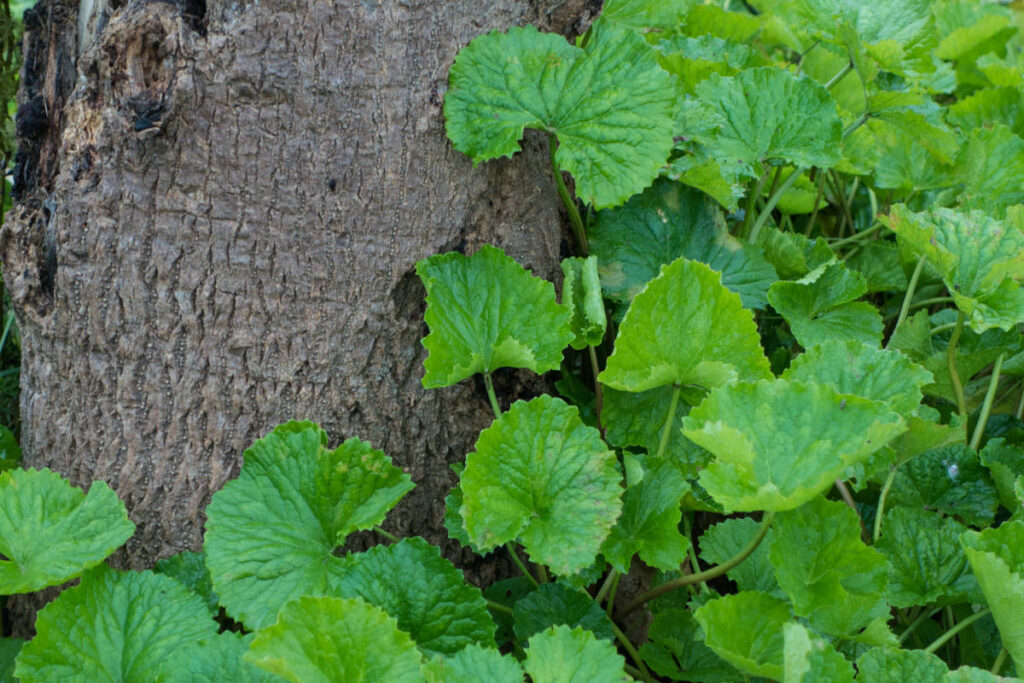
7. Native and Drought-Tolerant Plants
Farmers who grow crops that are native and adapted to the region’s climate contribute to their region’s ongoing water conservation efforts. Drought-tolerant plants require less frequent watering and may even survive on rainfall alone, making them one of the best options for conserving water. Native plants and crops naturally conserve water in their environment while still providing necessary yields.
Depending on the region, crops such as maize, rice, and olives are among the varieties grown for their low water needs. Other drought-tolerant plants include lavender, yarrow, saw palmetto, sedum, curry leaf, lemon grass, and many other herbs and succulents.
8. Crop Rotation
In conventional farming, the same crop is planted year after year, drawing nutrients from the soil and creating a home for unwanted pests. The sustainable practice of crop rotation ensures better soil health and increases biodiversity. Crop rotation involves planting different crops on the same plot of land from season to season to improve soil health.
Since different types of plants absorb different nutrients from the soil, rotating crops ensure the ground doesn’t get depleted of the nutrients that continuously planting one crop would deplete.
By rotating crops and allowing the previous crop’s roots to break down and release nutrients into the soil, they help keep the earth moist and nutrient-rich. Crop rotation optimizes the soil’s nutrient content while helping combat weeds, pests, and plant diseases.
9. Compost & Mulch
Another vital practice for conserving water in agriculture is to use compost and mulch. Compost is made up of decomposed organic matter. Rich in nitrogen and carbon, it helps improve soil structure by adding organic matter and essential nutrients to the earth, enhancing its ability to retain moisture.
Mulching is an effective way to reduce water loss through evaporation. It is generally made from organic materials like wood chips, bark, and leaves. Mulching also helps keep the soil cooler in hot weather and helps to suppress weed growth. Eventually, mulch will break down, adding more organic matter to the soil.
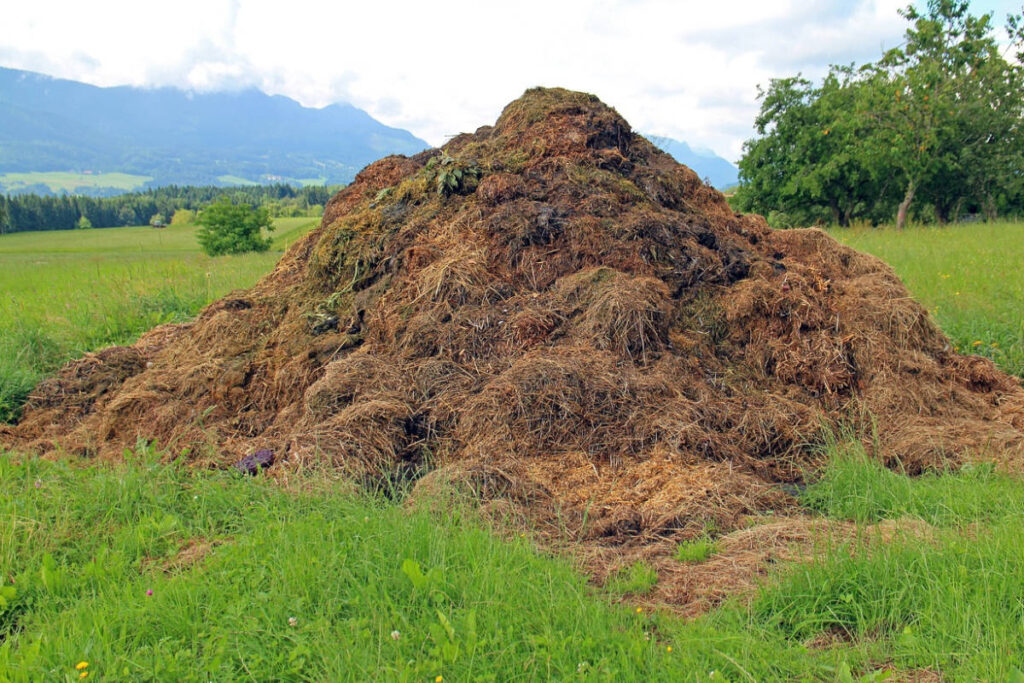
10. Conservation Tillage
Water and wind slowly erode the most precious layer of topsoil, reducing crop yields and drying out the soil. Conservation tillage is one of the many methods of soil management that seek to conserve water and minimize soil disturbance.
With this technique, the earth is partially tilled using specialized plows or other implements, leaving at least 30% of vegetation behind. The conserved vegetation helps reduce evaporation and increases water absorption. Conservation tillage is often used with other water conservation methods such as cover crops, composting, and mulching.
Sustainable water management and water conservation methods, like those discussed in this article, help farmers use our most valuable resources more efficiently. Water is the heart and soul of the land; without it, crops won’t grow, gardens won’t flourish, and soil can become void of nutrients and unmanageable. That’s why conserving as much water as possible while still nurturing healthy yields should be at the top of every grower’s list.
Conservation and eco-consciousness are at the heart of everything we do at ORGANIC INDIA. We strive to maintain the harmony of all living things by practicing irrigation techniques requiring less water and using resources wisely.
To learn more about sustainable agricultural practices, check out A Guide to Regenerative Gardening at Home.


